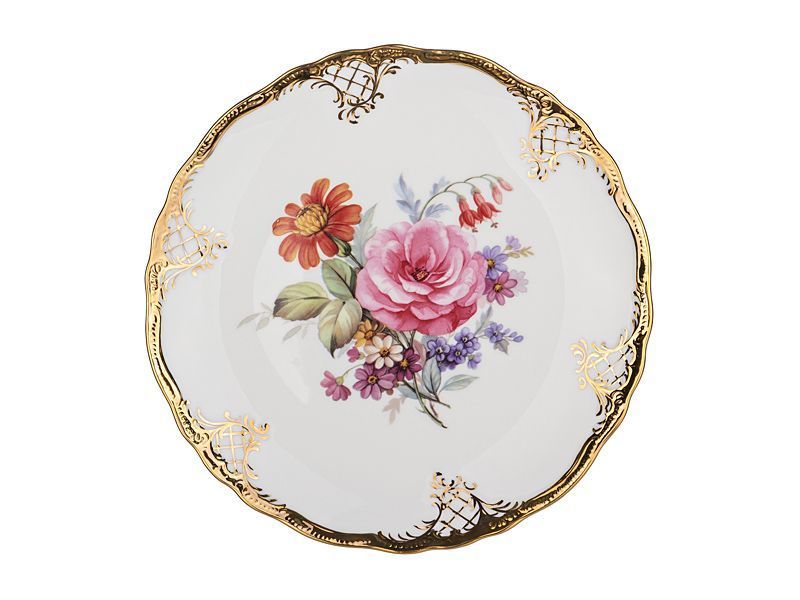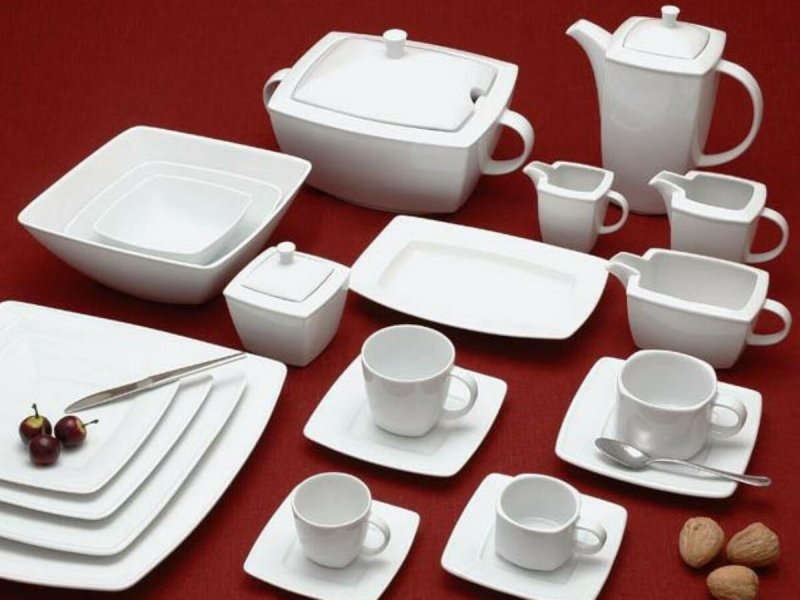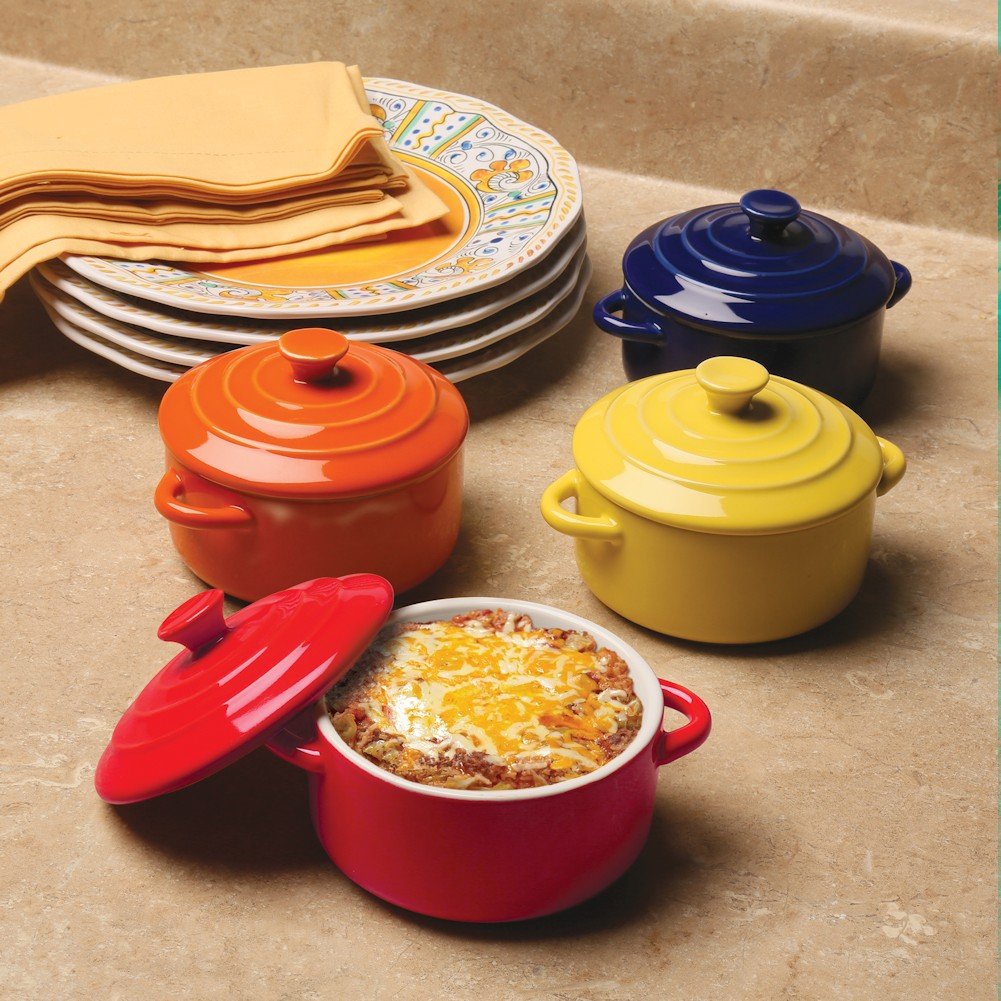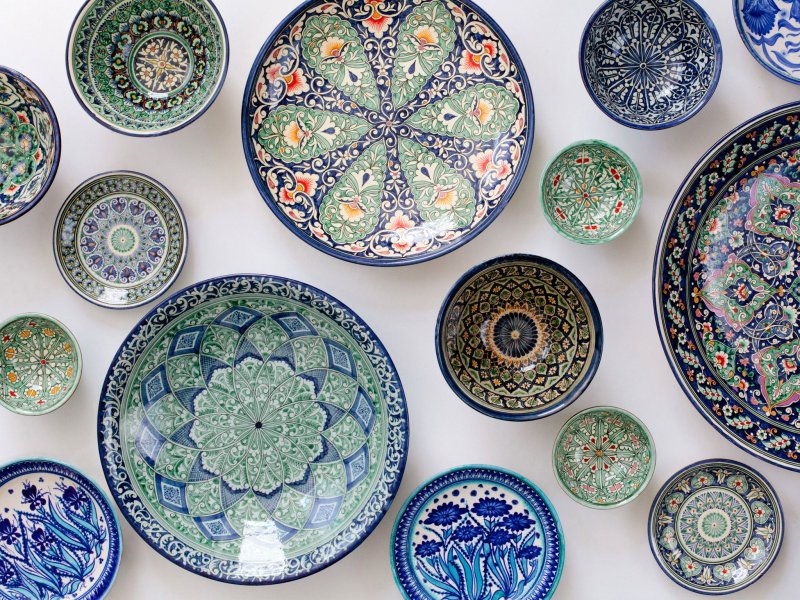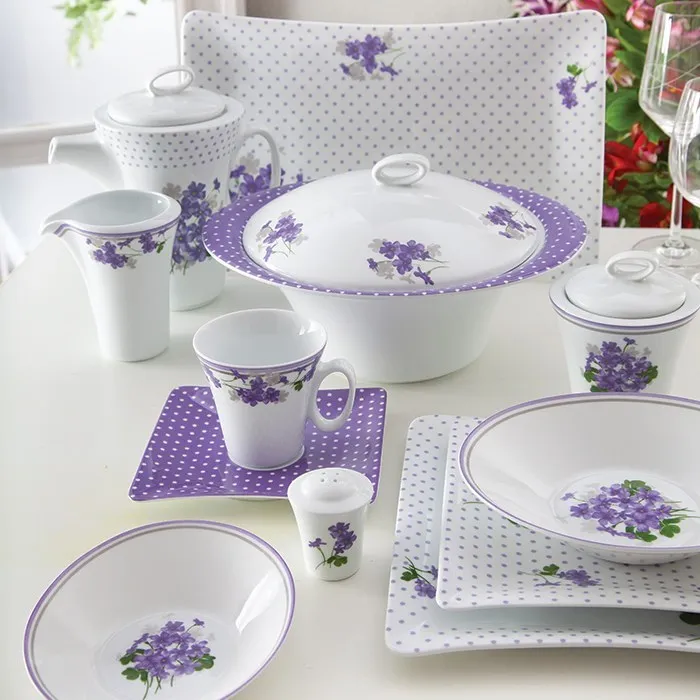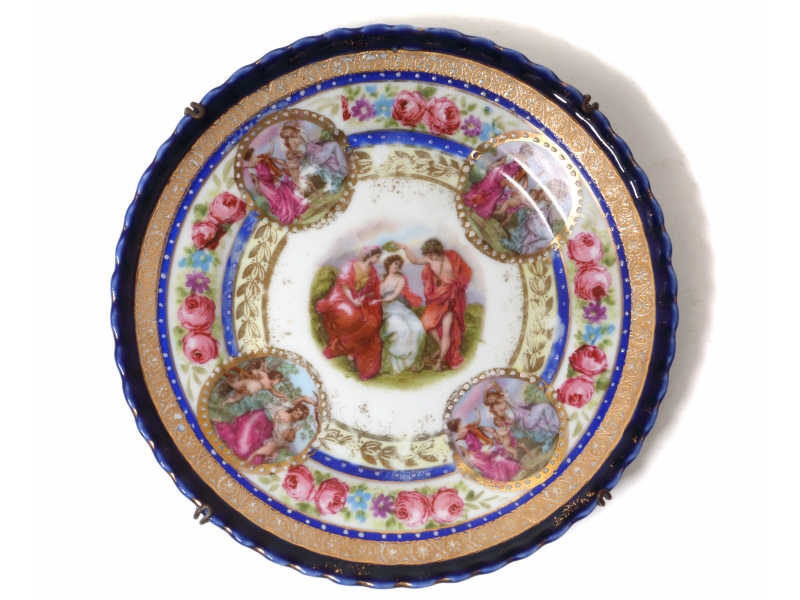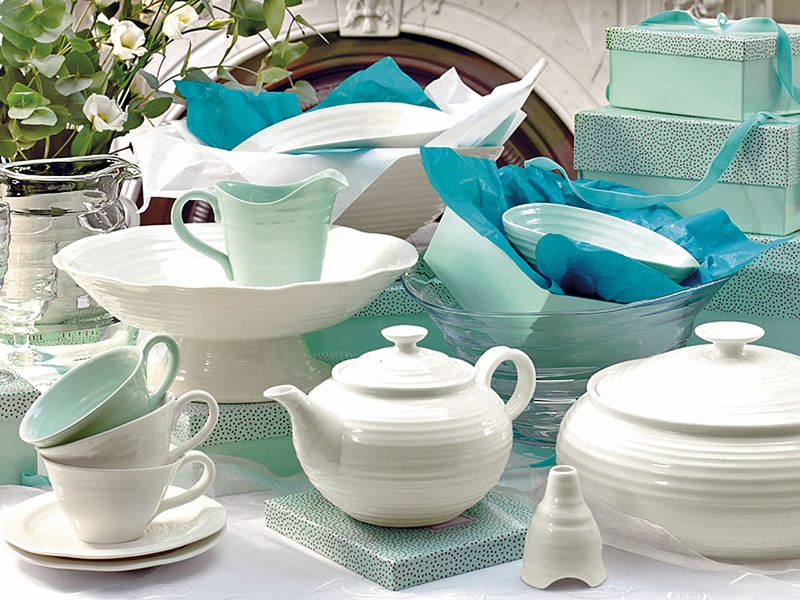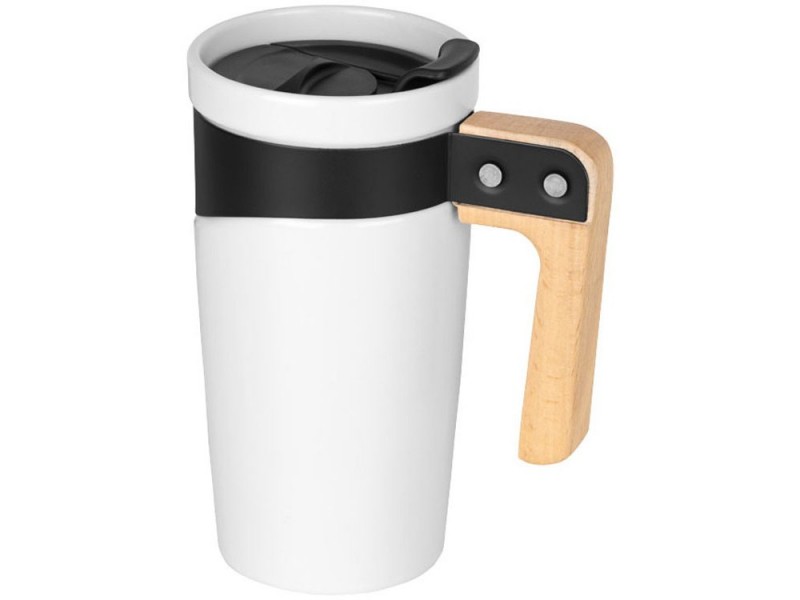Porcelain cups and saucers have been an integral part of dining and tea-drinking traditions for centuries. Recognized for their elegance, durability, and versatility, these ceramic vessels have a timeless appeal. Porcelain cups and saucers offer a sophisticated and functional way to serve hot beverages such as tea, coffee, or even hot chocolate.
Porcelain, often known as china or fine china, is a type of ceramic material that is made by heating clay at high temperatures. It is known for its translucent white appearance, smooth texture, and delicate design. Porcelain cups and saucers are sought after for their aesthetic appeal and their ability to retain heat, making them ideal for enjoying hot beverages.
The history of porcelain cups and saucers can be traced back to ancient China. The Chinese were the first to discover the secrets of porcelain production during the Tang Dynasty (618-907 AD). The delicate and beautifully crafted porcelain cups and saucers became highly sought-after luxury items, with Chinese emperors and the elite considering them as prized possessions.
Over time, the demand for porcelain cups and saucers spread to Europe, where royalty and aristocrats developed a fascination with this fine pottery. European countries such as Germany, England, and France began producing porcelain wares, drawing inspiration from the Chinese techniques. These European porcelain manufacturers introduced their unique styles and designs, creating a diverse range of porcelain cups and saucers.
Porcelain cups and saucers are characterized by their elegant and intricate designs. The decoration techniques can vary, including hand-painted designs, decal transfers, or even embossing. Floral patterns and delicate motifs are commonly found on porcelain cups and saucers, enhancing their aesthetic appeal and adding a touch of sophistication to any table setting.
In addition to their beauty, porcelain cups and saucers are known for their durability. Porcelain is a hard and dense material, making it resistant to chipping and breaking. This durability ensures that porcelain cups and saucers can withstand daily use and retain their quality over time. Many porcelain cups and saucers are also dishwasher and microwave safe, adding to their convenience.
The versatility of porcelain cups and saucers is another reason for their popularity. Apart from serving hot beverages, these vessels can also be used for serving desserts, snacks, or even as decorative pieces. They can be found in various sizes and shapes to cater to different preferences and purposes.
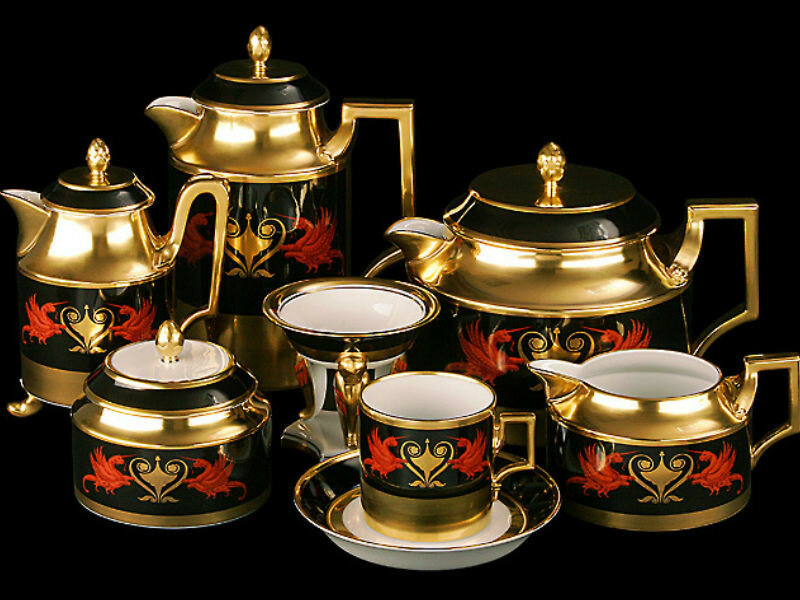
Porcelain cups and saucers are also a favorite choice for tea lovers. When it comes to tea, the brewing process and enjoyment of the beverage are considered an art form. Porcelain cups and saucers are often preferred due to their ability to distribute heat evenly, allowing the tea to steep consistently. The fine texture of porcelain ensures that the flavors and aromas of the tea are not altered, providing an authentic tea-drinking experience.
When purchasing porcelain cups and saucers, it is important to consider the quality and craftsmanship. Well-known brands and manufacturers with a reputation for producing high-quality porcelain are worth considering. It is also essential to inspect the cups and saucers for any imperfections, such as cracks or glaze irregularities, before making a purchase.
In conclusion, porcelain cups and saucers are timeless and elegant vessels that have been cherished for centuries. With their delicate beauty, durability, and versatility, they add a touch of sophistication to any table setting. Whether it is for enjoying a hot beverage or for serving tea during a formal gathering, porcelain cups and saucers are sure to elevate the dining experience.I. The Market for Porcelain Cups and Saucers
The market for porcelain cups and saucers has remained strong over the years, driven by the demand for quality tableware, the popularity of tea and coffee consumption, and the appreciation for fine dinnerware. The global market for porcelain cups and saucers is expected to witness steady growth in the coming years, with rising disposable incomes and increasing dining-out culture in emerging economies.
II. Market Trends and Consumer Preferences
In recent years, there has been a shift towards modern and minimalist designs in porcelain cups and saucers. Consumers are opting for sleek and contemporary styles that can seamlessly blend with their existing tableware collections. However, there is also a continued demand for traditional and ornate designs, especially from collectors and those who appreciate antique porcelain.
III. Key Players in the Porcelain Cup and Saucer Industry
The porcelain cup and saucer industry is dominated by several key players who have established their brands as synonymous with quality and craftsmanship. Companies such as Royal Doulton, Wedgwood, Royal Crown Derby, and Spode are known for producing high-end porcelain products with intricate designs and impeccable finishes. These companies often collaborate with renowned designers to introduce unique and exclusive collections.
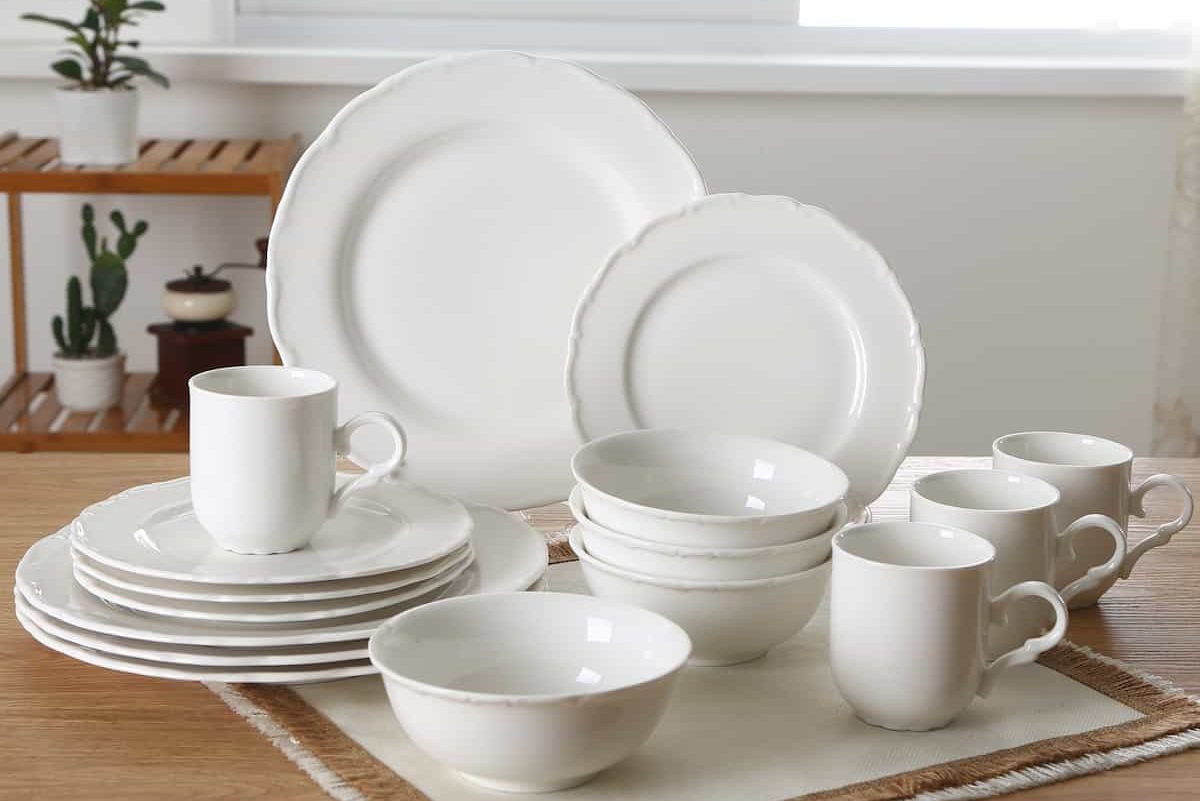
IV. The Role of E-commerce in the Porcelain Cup and Saucer Market
The emergence of e-commerce platforms has significantly impacted the porcelain cup and saucer market. Online retailers provide consumers with a wide range of options to choose from, including both local and international brands. Moreover, e-commerce has made it easier for smaller, niche porcelain cup and saucer manufacturers to reach a global audience.
V. Sustainability and Ethical Considerations
As consumer awareness regarding sustainability and ethical production practices continues to grow, there is an increasing demand for porcelain cups and saucers that are made with environmentally friendly materials and processes. Many manufacturers are now incorporating recycled materials in their production, using water-saving techniques, and ensuring that their supply chains follow fair trade principles.
VI. Opportunities in the Hospitality Industry
The hospitality industry presents a significant opportunity for porcelain cup and saucer manufacturers. Hotels, restaurants, and cafes require large quantities of tableware to cater to their guests, and porcelain cups and saucers are often preferred due to their durability and elegant appeal. Manufacturers can benefit from collaborations with hospitality service providers and offer custom-designed collections to match the unique branding of these establishments.
VII. The Influence of Social Media on Consumer Preferences
Social media platforms, such as Instagram and Pinterest, play a crucial role in shaping consumer preferences in terms of design, style, and presentation. Influencers and lifestyle bloggers often showcase their table settings and unique porcelain collections, driving trends and inspiring consumers to invest in these exquisite pieces. Manufacturers can leverage social media platforms to connect with their target audience and showcase their products in captivating ways.

VIII. Customization and Personalization
With the rise of personalized gifting and the desire for unique, one-of-a-kind items, the demand for customized porcelain cups and saucers has increased. Manufacturers can offer customization options such as monogramming, engraving, or bespoke designs to cater to the individual preferences of their customers. This not only adds a personal touch but also enhances the perceived value of the product.
IX. The Impact of COVID-19 on the Porcelain Cup and Saucer Market
The COVID-19 pandemic has had a significant impact on the hospitality industry and has disrupted supply chains worldwide. While the initial months of the pandemic saw a decline in demand, as restaurants and cafes were forced to close, there has been a steady recovery as restrictions have eased. Additionally, the pandemic has popularized home dining and cooking, leading to increased sales of porcelain cups and saucers for domestic use.
X. Challenges and Future Outlook
One of the key challenges faced by porcelain cup and saucer manufacturers is the competition from alternative materials such as glass, stainless steel, and even disposable options. These materials offer convenience, cost-effectiveness, and are often perceived as more hygienic. However, the timeless beauty and durability of porcelain cups and saucers continue to attract a dedicated customer base.
In conclusion, porcelain cups and saucers remain a popular choice for tea and coffee lovers, as well as those who appreciate elegant tableware. With evolving consumer preferences, the market has witnessed a shift towards modern designs while still valuing traditional craftsmanship. Manufacturers can leverage e-commerce platforms, collaborate with the hospitality industry, and embrace sustainable practices to tap into the vast potential of the market. As social media continues to influence consumer choices, the future of the porcelain cup and saucer industry looks promising, provided manufacturers adapt to changing trends and preferences.
